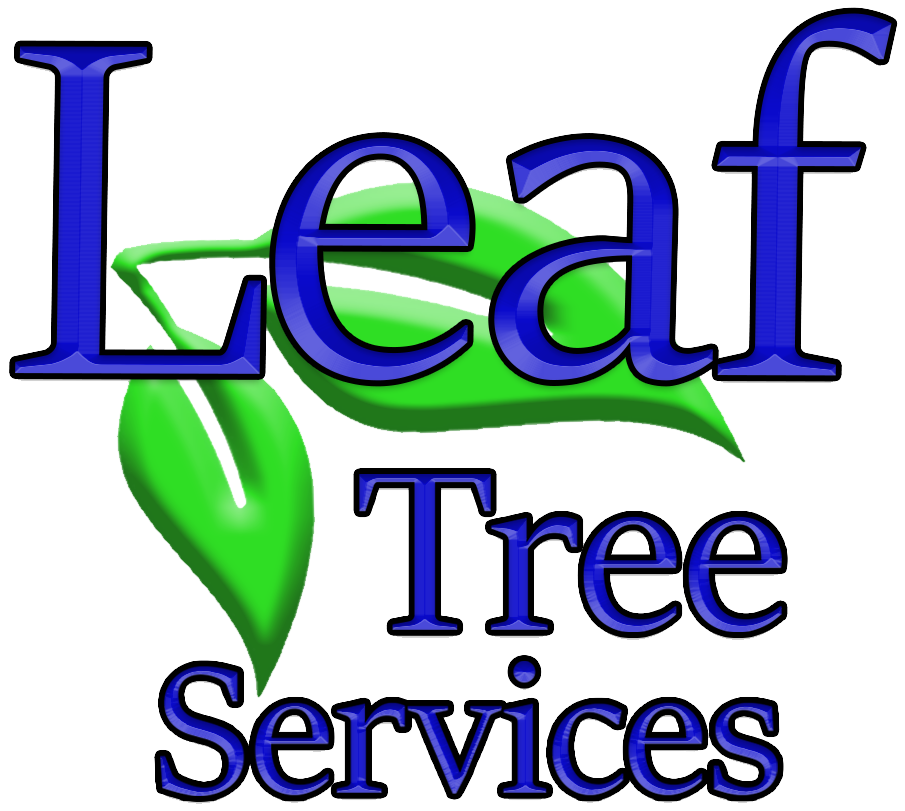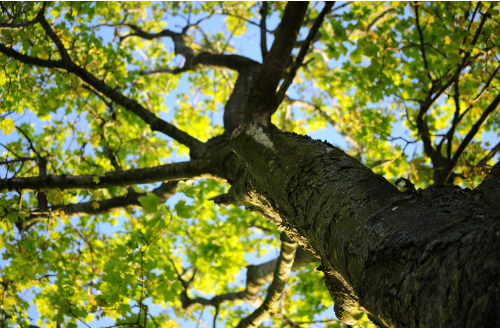Tree care experts can help you manage trees
Tree care in Round Rock and Austin TX is ideal for managing trees and maintaining a healthy ecosystem. Trees are essential components of the urban landscape, offering shade, beauty, and environmental benefits. In Austin, Texas, where the natural landscape intertwines with urban development, managing trees becomes crucial for preserving the city’s greenery while accommodating growth. From proper planting techniques to ongoing care and maintenance, managing trees in Austin requires a comprehensive approach that considers the local climate, soil conditions, and native species. In this article, we delve into the intricacies of tree management in Austin, exploring best practices and strategies for ensuring the health and vitality of these vital natural assets.
The Importance of Tree Management
The significance of trees in urban environments cannot be overstated. In Austin, where the hot and humid climate prevails, trees play a vital role in mitigating the urban heat island effect, providing shade to reduce temperatures, and improving air quality by absorbing pollutants. Moreover, trees enhance the aesthetic appeal of neighborhoods, increase property values, and support biodiversity by providing habitats for wildlife.
Choosing the Right Species
When managing trees in Austin, selecting the appropriate species is paramount. Native trees are well-adapted to the local climate and soil conditions, making them more resilient and easier to maintain. Species such as Live Oak (Quercus virginiana), Texas Redbud (Cercis canadensis var. texensis), and Texas Mountain Laurel (Sophora secundiflora) thrive in Austin’s climate and are popular choices for landscaping projects.
Site Assessment and Planning
Before planting a tree in Austin, conducting a thorough site assessment is essential. Factors such as soil type, drainage, sunlight exposure, and proximity to structures should be taken into account to ensure optimal growth and minimize future issues. Additionally, considering the tree’s mature size and its potential impact on nearby infrastructure is crucial for long-term management and maintenance.
Proper Planting Techniques
Once the site has been assessed and the appropriate species selected, proper planting techniques are essential for the tree’s establishment and growth. In Austin’s clay-based soils, proper drainage is critical to prevent waterlogging and root rot. Digging a wide, shallow planting hole and amending the soil with organic matter can improve soil structure and drainage, promoting healthy root development.
Mulching and Watering
Mulching is an essential component of tree management in Austin, helping conserve soil moisture, regulate soil temperature, and suppress weeds. Organic mulches such as wood chips or shredded bark should be applied around the base of the tree, leaving a few inches of space around the trunk to prevent moisture buildup and potential rot.
In Austin’s hot and arid climate, proper watering is crucial, especially during the tree’s establishment phase. Newly planted trees require regular watering to ensure adequate moisture for root growth. Deep, infrequent watering is preferred over frequent shallow watering, as it encourages deep root penetration and drought tolerance.
Ongoing Care and Maintenance
While proper planting lays the foundation for healthy tree growth, ongoing care and maintenance are essential for ensuring the long-term health and vitality of trees in Austin. From pruning to pest management, proactive measures can help mitigate potential issues and promote the tree’s overall well-being.
Pruning and Training
Regular pruning is necessary to maintain tree structure, remove dead or diseased branches, and promote healthy growth. In Austin, where storms and high winds are common, proper pruning techniques can help reduce the risk of branch failure and property damage. Training young trees through selective pruning can also help shape their growth and improve structural integrity.
Pest and Disease Management
Like any living organism, trees are susceptible to pests and diseases that can compromise their health and vigor. In Austin, common pests such as oak wilt and emerald ash borer pose significant threats to certain tree species. Implementing integrated pest management strategies, including monitoring, cultural practices, and, when necessary, targeted treatments, can help mitigate pest infestations and minimize damage.
Soil Management and Fertilization
Maintaining soil health is essential for supporting tree growth and vitality. In Austin’s clay-based soils, periodic aeration and organic amendments can improve soil structure, promote root development, and enhance nutrient uptake. Additionally, applying balanced fertilizers tailored to the tree’s specific needs can supplement soil nutrients and support healthy growth.
Monitoring and Assessment
Regular monitoring and assessment are key components of effective tree management in Austin. Periodic inspections allow arborists and homeowners to identify potential issues such as pest infestations, diseases, or structural defects early on, enabling prompt intervention and treatment. Moreover, monitoring tree growth and performance over time provides valuable insights into their health and helps guide management decisions.
Community Engagement and Advocacy
Managing trees in Austin is not solely the responsibility of individual property owners but requires collective action and community engagement. Municipal initiatives such as tree planting programs, urban forestry projects, and public education campaigns play a crucial role in raising awareness about the importance of trees and fostering a culture of environmental stewardship.
Advocating for Urban Forest Preservation
Preserving Austin’s urban forest requires a concerted effort to address the challenges posed by rapid urbanization, climate change, and invasive species. Municipal policies that prioritize tree protection, canopy cover goals, and green infrastructure investments are essential for maintaining the city’s ecological balance and quality of life.
Fostering partnerships between government agencies, non-profit organizations, and community stakeholders can leverage resources and expertise to implement effective tree management strategies. Through collaborative efforts, we can safeguard Austin’s natural heritage, enhance urban resilience, and create a healthier, more sustainable environment for all residents.
Managing trees in Austin is not just about maintaining green spaces; it’s about nurturing the roots of our community, fostering connections to nature, and preserving the legacy of our city for future generations to enjoy. By valuing and investing in our urban forest, we can ensure that Austin remains a vibrant, livable city where trees thrive and people flourish.
Work with the best tree care experts in Round Rock and Austin TX
Leaf Tree Services is your locally owned professional tree service with certified arborists for residential and commercial customers in Round Rock, Austin, and surrounding Central Texas areas. You can trust your trees to us. Contact us today to schedule a consultation, 512-670-6766.


